Beyond Sushi! Try Delicious Kamaboko Fish Cake in Onagawa, Miyagi
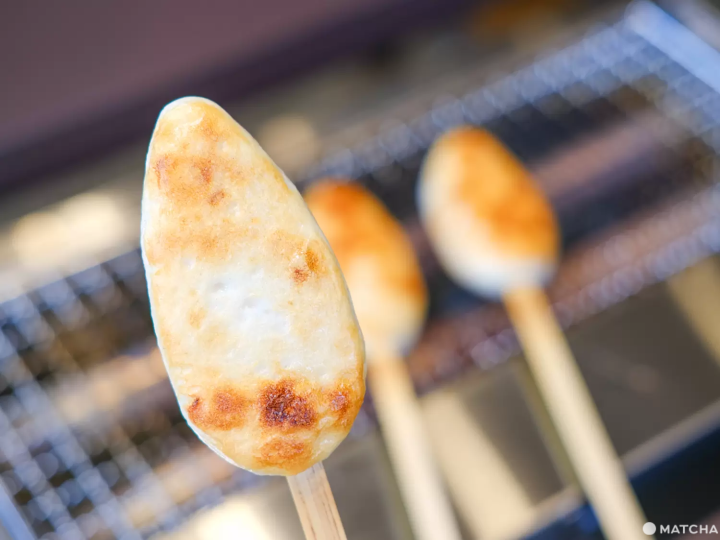
Kamaboko is a marine processed product, made in Japan from the old days. This article features Takamasa, a long-standing kamaboko maker in Onagawa, a city in Miyagi, along with Kinkasan Island and information regarding the food served at Seapal-Pier Onagawa and Hama Terrace.
Kamaboko: A Unique, Processed Marine Product

When it comes to fish cuisine in Japan, most people may think of sushi, sashimi, or kaisen-don (rice bowl topped with seafood). But there are also various processed marine products.
One of them is kamaboko, made from fish paste. A traditional product, its origin dates back to the 12th Century.
Kamaboko is made by steaming, frying, or baking the ingredients. Current products are made with cheese or burdock mixed with fish paste.
This article is about Onagawa, a town in Miyagi Prefecture, which is famous for its production of kamaboko.
Onagawa: A Place to Enjoy Seafood

Onagawa is a port town located at the tip of the Oshika Peninsula. It is a 90-minute train ride from JR Sendai Station.
The town fronts the Sanriku/Kinkasan coast, one of the three major fishing grounds in the world, where Oyashio (cold current) and Kuroshio (warm current) collide. The area has been famous for its abundance of sea urchin, salmon roe, and saury from a long time ago.
While Onagawa was devastated by the 2011 earthquake, it has taken an uncommon approach in regards to reconstruction, true to its nature of a seaside town.
Seawalls were built in most areas after the earthquake, blocking the view of the ocean. By re-designing the town blocks, Onagawa aimed to preserve the panorama of Onagawa Bay and heighten the level of safety.
MATCHA visited Takamasa, a seafood manufacturer based in Onagawa, to cover their kamaboko, which is regarded highly by gourmands.
Takamasa: A Well-Established Kamaboko Manufacturer in Onagawa

The firm was established in 1937. Masasuke Takahashi, the founder, started as a peddler carrying the fish on his back.
The processing started in 1945, making katsuo-bushi (dried bonito), salted seaweed, and fish paste. After Masanori Takahashi, the current executive chairman, took over as president, the firm began making kamaboko in earnest.

Mr. Masanori Takahashi, the executive chairman
The condition of the fish paste, the material for kamaboko, varies according to which fish is used, and by the amount of water added in the process.
"The making of kamaboko, always with the same taste and texture, depends heavily on the factory workers," Mr. Takahashi told us.
"The fish dictates the grinding time, and the amount of salt or water. The workers are artisans in a way and pay close attention."
The workers at Takamasa actually touch the paste to adjust the variables during the manufacturing process.
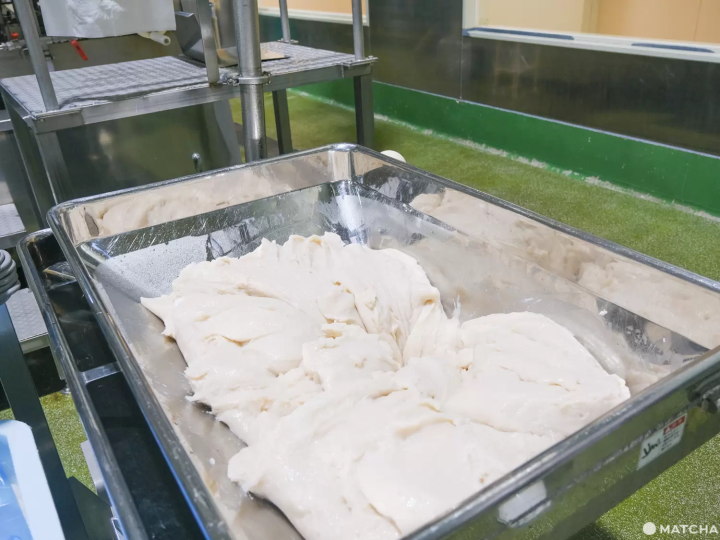
To make fine kamaboko, Takamasa keeps the number of times employing mizu-sarashi to a minimum.
Mizu-sarashi is the process to whiten the paste with water. While most manufacturers employ it to make their products look better, the process also reduces the rich flavor of the fish.
Takamasa has developed a method to reduce both the amount of water used and the process itself, which resulted in a kamaboko with a full flavor and filled with nutrition.
Their products have a fresh, springy texture, due to the minimum amount of salt and preservatives.
Takamasa kamaboko is held in high regard. One of their products, Gozen Kamaboko Kaki, was awarded the Emperor's Cup at the Festival of Agriculture, Forestry, and Fisheries in 2017.
Tasting Better With Each Bite
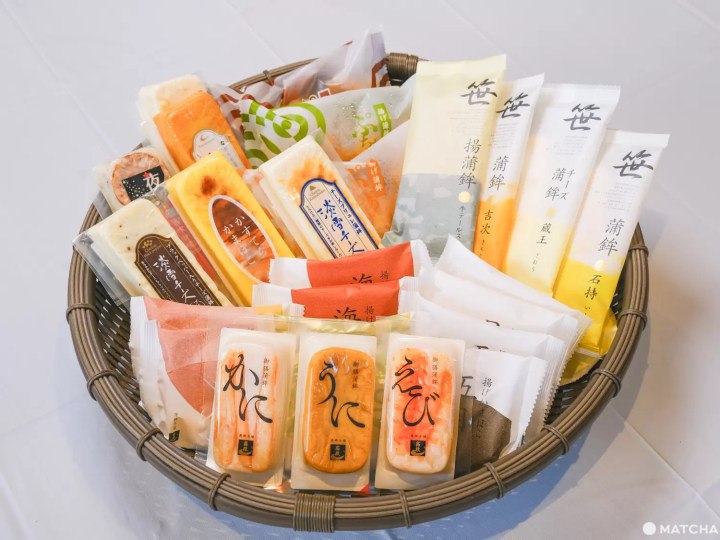
Takamasa's fried kamaboko, such as Kichiji and Ishimochi, are rich in flavor and especially popular.
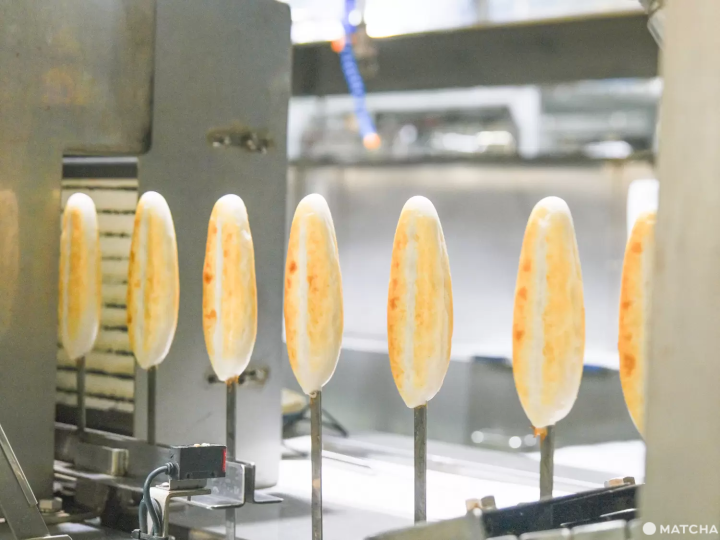
Kichiji is made from kinki (idiot fish) caught off the Sanriku coast and roasted to a light brown color. Ishimochi, on the other hand, is more heavily roasted, with a fragrant taste resembling a grilled fish.
As each product has its own trait, comparing their tastes should help in appreciating the deep world of kamaboko.

At Mangoku no Sato, Takamasa's main store, visitors can roast a kamaboko and taste it on site.

The best time to eat would be when both sides turn slightly brown.
The texture is surprisingly springy, compared to a non-roasted kamaboko. It is fragrant like a grilled fish, filling the mouth with rich flavor.

Takamasa offers various products such as Zao, a kamaboko mixed with cheese, and Awayuki Cheese with Black Pepper, which is perfect for a light snack.
Kichiji: 206 yen (after tax)/63 grams
Ishimochi: 184 yen (after tax)/63 grams
Available for Online Purchase
There are seven Takamasa stores in Miyagi Prefecture, including Mangoku no Sato. Their products are also available online.
They can be purchased in Tokyo as well, at Miyagi Furusato Plaza, an outlet handling products of the prefecture located in Ikebukuro. Those who want to try the Takamasa kamaboko should make a visit.
Seapal-Pier Onagawa: Fine Food and Souvenirs

Those who are also looking for fine food and places to visit should head to Onagawa Station, the terminal of JR Ishinomaki Line. Commercial facilities and eateries are gathered in this highly accessible area.
The Onagawa Station building stands out significantly. It has a spacious atmosphere, and the white roof is designed in the image of the black-tailed gull, the town symbol, spreading its wings.

Onagawa Onsen Yupoppo, a natural hot spring facility, is located on the second floor. Visitors can relax in the bathing room, filled with sunlight. There is also a free ashiyu (foot bath), perfect for those who want to take a break while waiting for the train.

Visitors walking toward the ocean from Onagawa Station will arrive at Seapal-Pier Onagawa, a commercial facility, and Hama Terrace, a marketplace.
Among the 30 or so stores lined up along the promenade, MATCHA dropped by Onagawa Burger and Okasei Onagawa Main Store.

The former eatery opened in December 2022 and serves fish burgers made from salmon caught at Onagawa.
Those who taste the thick and succulent salmon fry, laced with special tartar sauce, are sure to be hooked. The spicy sauce really goes well with the fry.

The latter serves special Onagawa-don, made from local products.
While the catch of the day will mostly be used, some seafood such as whale, tuna, sea urchin, and salmon roe, are included almost every day.
Be sure to try the sea urchin. With no bitter taste, it will melt in your mouth, along with the soy sauce. The experience is sure to make a long-lasting memory.

Takamasa Kamaboko Store and Again Station, which houses a souvenir shop handling the local products, are also located near Onagawa Station.
A parking lot is furnished as well, making it easier for drivers touring the area.
Kinkasan: A Spiritual Spot

From Kinkasan Koganeyama Shrine Overnight Stay - A Spiritual And Nature-Filled Trip
From Onagawa Station, it is a 10-minute walk to the pier, where the ferry departs for Kinkasan Island, one of the three major sacred places in the Tou-oku area.
Its main attraction is the Kinkasan Koganeyama Shrine. It is said that those who visit the shrine for three years in a row will never want for money in their lives. It was built to celebrate the first production of gold in Japan, at the current Miyagi Prefecture.

From Kinkasan Koganeyama Shrine Overnight Stay - A Spiritual And Nature-Filled Trip.
There are many spiritual places on the island, which is also inhabited by deer.
Kinkasan fronts one of the three major fishing grounds in the world, along the Sanriku coast. Various seafood, including Kinka mackerel, a locally branded fish, is caught in the area.
Onagawa Town is blessed with marine products, and the area surrounding Kinkasan offers fine food and places to visit. If you have the chance, enjoy the seafood, kamaboko, and sightseeing.
Written by nagino.an
In cooperation with Takamasa
Sponsored by Reconstruction Fishery Processing Industry Market Recovery Promotion Center
MATCHA's promotional account for corporate and local government advertising. We aim to provide useful information to our readers in an enjoyable manner.


























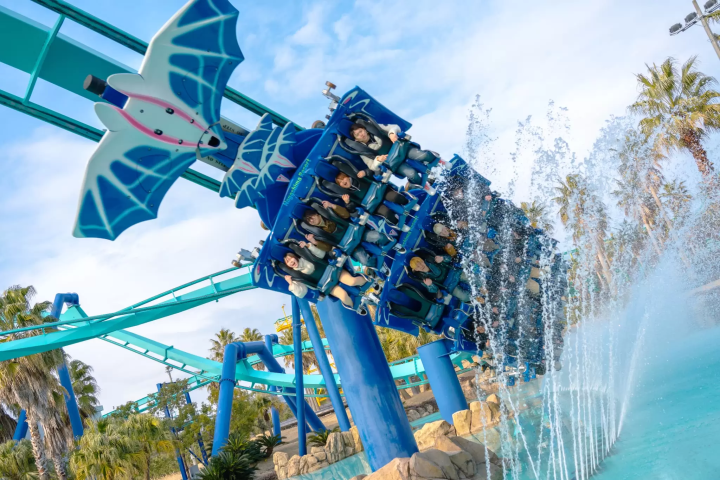


![[Coupon Available] Attention Overseas Winter Sports Fans! Nagano's Sports Depot Has Evolved](https://resources.matcha-jp.com/resize/720x2000/2026/01/05-254819.webp)
![[2 hours from Tokyo ] 10 Quiet and Breathtaking Views of Mount Fuji in Yamanashi Hokuto City , Yamanashi - Part 2](https://resources.matcha-jp.com/resize/720x2000/2025/12/16-253037.webp)